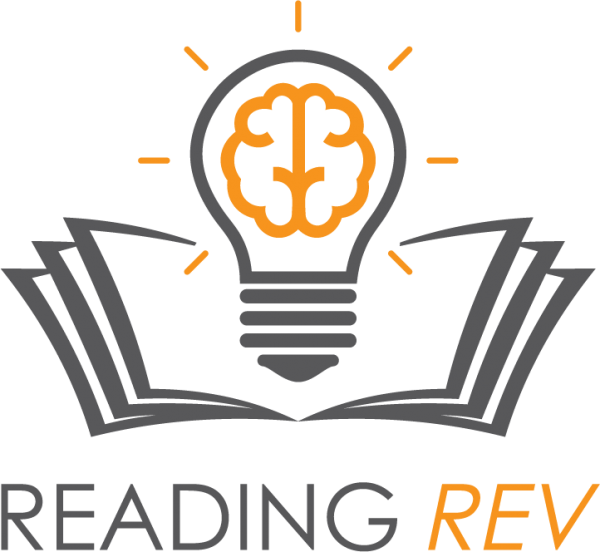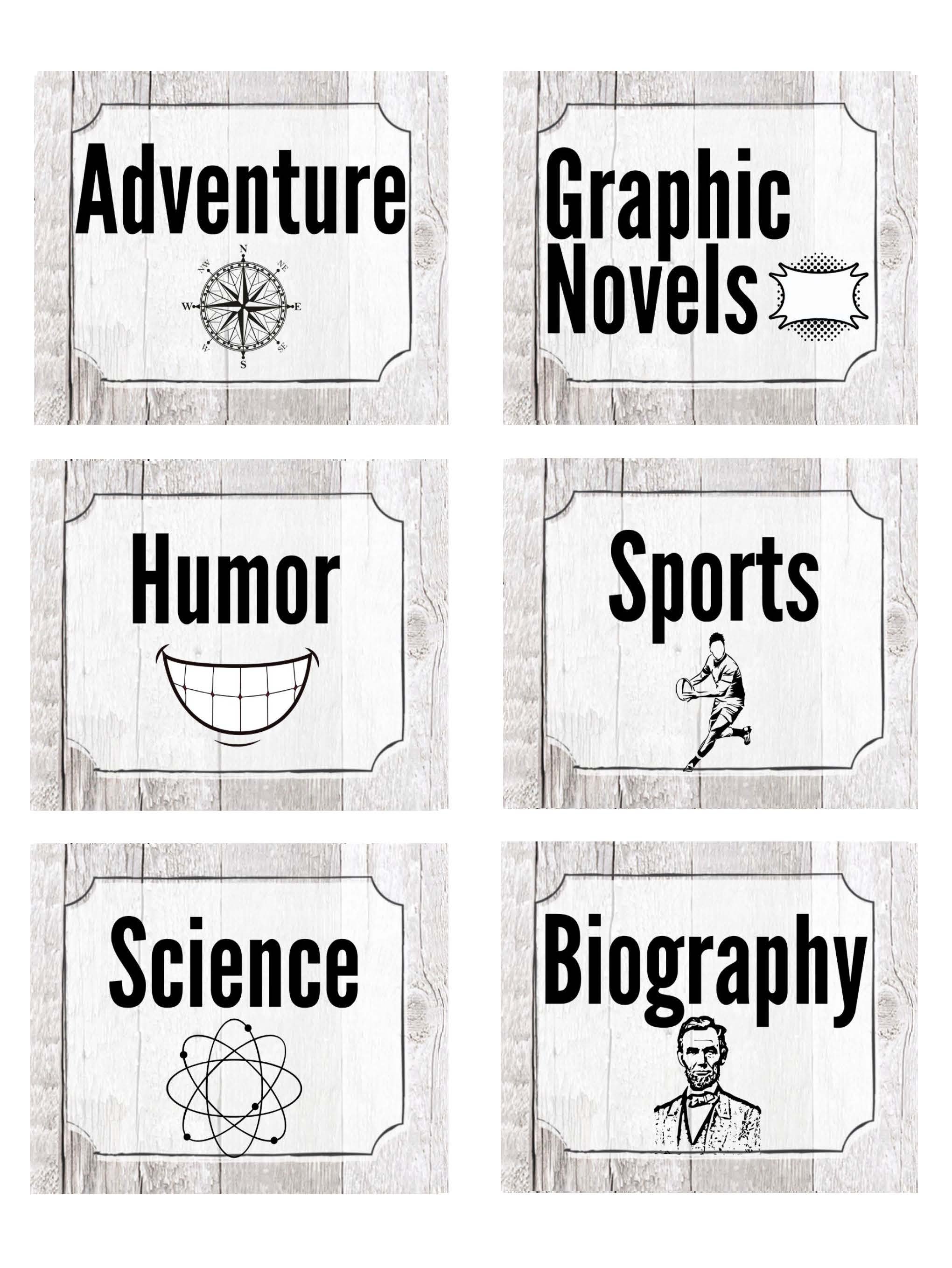SoR Book Rooms & Classroom Libraries
Do you have a school book room or classroom library full of carefully labeled leveled readers?
Are you overwhelmed with how to transform those spaces to align with the science of reading?
Let’s take a look at how one school made the shift!
Meet Mrs. Hewitt.
How it started:
Mrs. Carla Hewitt, a veteran teacher and literacy interventionist, spent thousands of hours and dollars building a school Book Room for her brand new elementary in Northern Colorado. All the book sets were neatly placed in bags with brightly colored stickers and then placed in boxes. Those boxes were carefully labeled with AR and Fountas & Pinnell levels and arranged on shelves in order. Teachers would come in and check out the book bags for their guided literacy lessons. Everyone understood the system in those balanced literacy days.
Then, in 2018, before the Science of Reading (SoR) movement was really gaining momentum, Mrs. Hewitt began to rethink the whole system. She knew something wasn’t working and she began to take trainings and do research. Fast forward two years. Not only had Mrs. Hewitt guided her teachers away from balanced literacy instruction, she transformed that beloved book room to be more aligned with the science of reading.
SoR Book Room and Classroom Library Make-Over To Do List:
1- Add a decodable book section.
2- Remove predictable, level readers meant for emergent readers.
3- Replace outdated leveling system with the Lexile Framework.
4- Organize based on topic, content, genre, author, and interest.
Let’s dive in to each idea.
The Value of Decodable Books for Emergent and Early Readers
One of the most impactful changes Mrs. Hewitt made was adding a section of decodable books for emergent readers. Decodable books align with the Science of Reading by focusing on phonics and helping students practice decoding words based on letter-sound relationships. Unlike leveled readers that rely on patterns or picture cues, decodable books encourage students to truly decode the words.
Decodable Books:
Reinforce Phonics Skills: Decodable books provide targeted practice with specific phonics patterns, supporting explicit instruction.
Build Confidence: Successful decoding boosts students’ confidence and helps them view themselves as capable readers.
Eliminate Guessing: By focusing on phonics, decodable books remove the reliance on pictures or repetitive text for guessing.
Develop Fluency: Regular decoding practice helps students achieve automatic word recognition (orthographic mapping), a key step toward fluency.
This shift ensured that emergent readers practiced essential skills aligned with the Science of Reading, setting them up for long-term success.
What to do with all the leveled readers?
For emergent readers, predictable, leveled texts—where students guess words based on pictures or repetitive patterns—should no longer be part of early reading instruction. These texts, like those seen in the “Purple Challenge” video, don’t support decoding and shouldn’t be available for book room check-out.
However, don’t get rid of the authentic trade books! Once students learn phonetic patterns and can decode, they can read uncontrolled texts within their Lexile Range. Students being able to read authentic, uncontrolled books is the end goal! Even when a child can’t independently decode these books, they can be used in lessons to expand vocabulary, explore different genres and plot structures, and deepen comprehension. Organize these books by genre, topic, or author so students are thinking about the content, not the level. The Lexile Level still may be added so teachers can choose texts that are accessible to their readers, but leveling is not the focus!
Replace outdated leveling system with the Lexile Framework.
As schools transition to align with the Science of Reading, moving away from the ambiguous Fountas & Pinnell levels to the Lexile Framework® is an essential step. Unlike leveled readers that encourage guessing based on pictures or patterns, the Lexile system focuses on measuring both student reading ability and text complexity, providing a more precise way to match students with appropriate reading material. This shift is particularly valuable as it promotes text complexity and supports reading growth rather than relying on predictable, repetitive text.
The Lexile Framework helps guide teachers in selecting texts that are appropriately challenging for students' current reading abilities. However, it shouldn’t be the only factor considered—texts should still engage and motivate students. For more information, watch Understanding Lexile Levels.
Organize based on topic, content, genre, author, and interest.
Instead of relying on AR or Fountas & Pinnell levels, organizing your classroom library or book room by genre, topic, or author offers several benefits for students. This approach encourages student choice and fosters a love of reading by allowing them to explore books that pique their interests rather than being limited by a specific reading level. Grouping books by theme or author helps students make connections between texts and builds their background knowledge across subjects. It also empowers them to develop personal preferences in their reading, which can lead to increased engagement and motivation to read more.
By shifting to an interest-based system, students are more likely to choose books that they feel excited about, creating a more authentic reading experience. This structure supports a classroom environment where reading is about discovering new ideas and stories, not just about progressing through levels. These labels can be found in the Reading Rev VIP library or by using the button below.
The most important part of transitioning to a Science of Reading approach is having a well-informed teacher who understands where each student is on their reading journey. Teachers should use a detailed scope and sequence, relying on student data to guide their lesson planning. Knowing when to use decodable texts versus trade books is crucial. Matching students with books that interest, challenge, but don’t overwhelm them is key. Access to a book room or classroom library with both controlled (decodable) and uncontrolled (trade) texts is essential for effective, research-based literacy instruction.











